Let’s chat a little about the fructose structure and what it has to do with digestion.
First, fructose is simply just sugar when it’s all said and done.
But is sugar ever simply “just” sugar?
{No. In fact, see 192 sources and alternate names for sugar.}
But let’s learn more about fructose in particular.
Fructose Structure
Click HERE to save this fructose structure post for later.
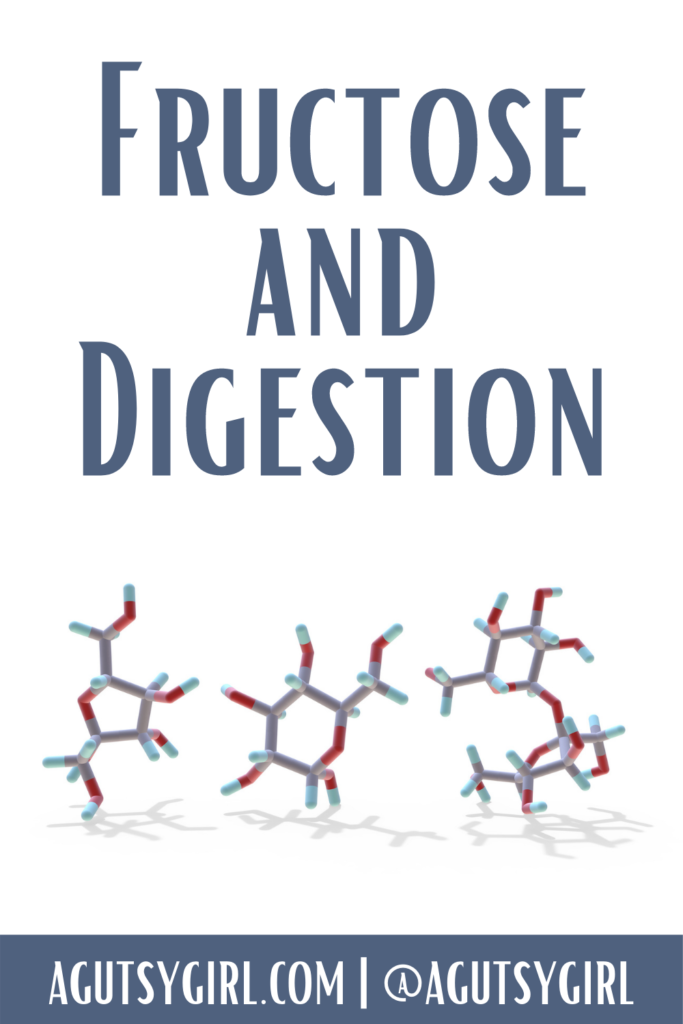
The fructose structure is a simple sugar containing a 6- carbon linear chain (as all simple sugars contain).
Fructose Fromula
The formula looks like this:
C6H12O6
Visually, the fructose structure and formula looks like this:

Is Fructose a Monosaccharide?
Fructose is a fruit sugar and a simple monosaccharide found in many plants.
A monosaccharide is a carbohydrate which contains just one (mono) single “ring.”
It is the simplest form of sugar.
Glucose and Fructose
In addition to fructose, both glucose and galactose are also common natural monosaccharides.
Remember from the Milk Sugar post that glucose and galactose make up lactose.
Two monosaccharides (glucose and galactose) create the disaccharide lactose.
Furthermore, fructose and glucose combine to form another disaccharide, sucrose, which I have broken down in Sucrose 101.
Moving on….
Fruit and vegetables, nuts, seeds and legumes, along with cereal grains can all contain (low, moderate, or high) amounts of fructose, which is made clear with these graphics from Family Wellness HQ.
Fructose in Fruits

Low Fructose Fruits
Of all the categories presented, fruits (obviously) contain the highest amount (in total) of fructose.
But even if we are intolerant to fructose, fruits are still highly desired.
Therefore, I wanted to call out the top 10 low fructose fruits.
According to the above chart, here are the top 10 low fructose fruits:
- lime juice
- cranberries
- apricots
- lemon juice
- nectarines
- peaches
- clementines
- grapefruit
- melon
- pineapple
Fructose in Vegetables

Vegetables aren’t something we would think of to be high in fructose. And, in fact, compared to fruits they aren’t.
The top 5 high-fructose vegetables include:
- Jalapeno peppers
- Sweet red peppers
- Sweet onions
- Squash
- Corn
Fructose in Cereal Grains

The amount of fructose in cereal grains is extremely minimal.
Fructose in Nuts, Seeds, & Legumes
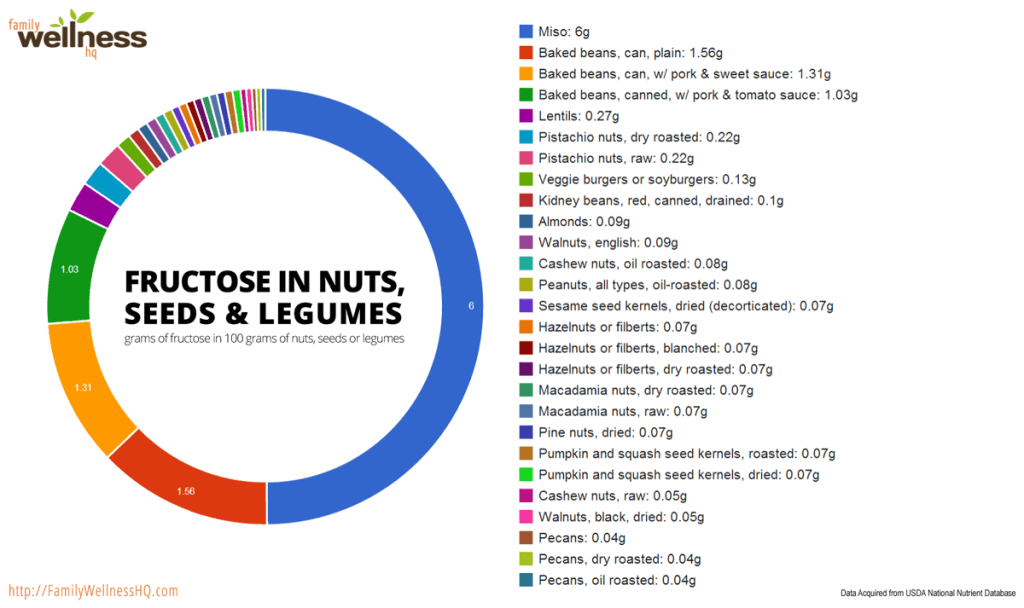
At 6g, Miso is fairly high in fructose. Most of the other nuts, seeds, and legumes contain low amounts of fructose.
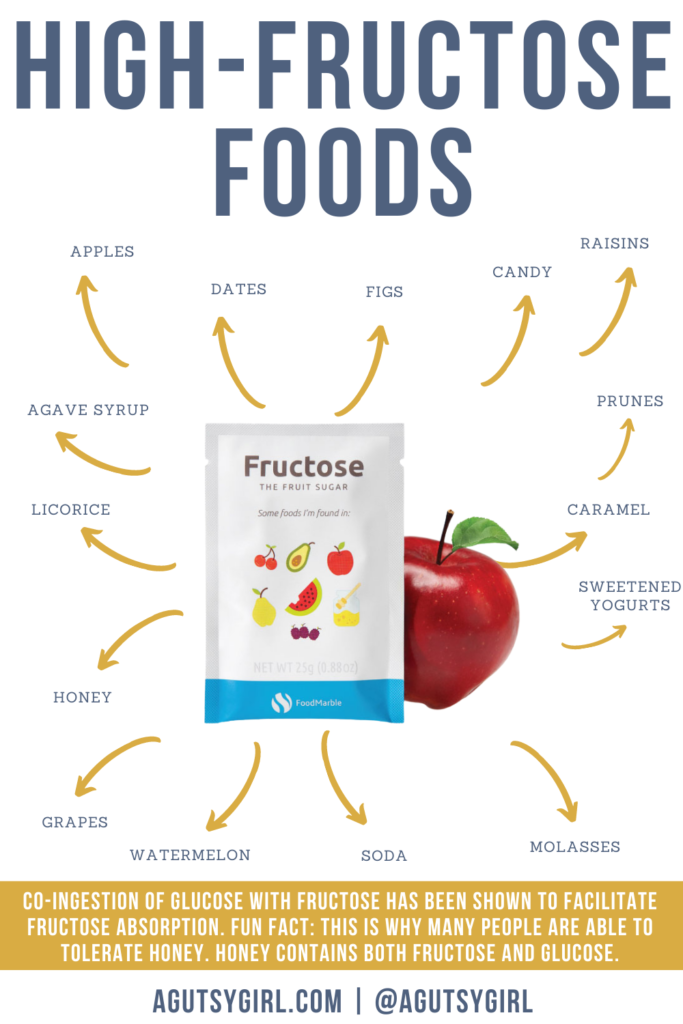
Fructose and Digestion
Given the above, it might have you wondering,
But why is fructose hard for me to digest?
So let’s go there and try to understand more about fructose and its implications for you.
Here are 6 pieces of fructose facts to know to help understand more about it as it relates to digestion.
6 Fructose Facts and Info Relating to Digestion
- Fructose can disrupt the digestive system because it is absorbed in the small intestine without the help of enzymes.
- Fructose is an intermediary in the metabolism of glucose, but there is no biological need for dietary fructose. When ingested by itself, fructose is poorly absorbed from the gastrointestinal tract, and it is almost entirely cleared by the liver.
- Consumption of large amounts of fructose has been shown to produce a level of fructose malabsorption in almost all cases. Co-ingestion of glucose with fructose has been shown to facilitate fructose absorption. Fun fact: this is why many people are able to tolerate honey. Honey contains both fructose and glucose.
- Instead of absorbing the fructose in the small intestine and converting it to energy, a body that is intolerant to fructose will allow the undigested fructose to pass to the colon. In the colon, then, gasses are produced, causing symptoms.
- Unabsorbed fructose molecules can also make other contents in the intestines take on a liquified form, also resulting in frequent watery bowel movements.
- Fructose carriers found in the enterocytes (cells in your intestines) are responsible for ensuring fructose is being directed to where it needs to go. If you have a deficiency of carriers, fructose can build up in your large intestine and cause gut issues.
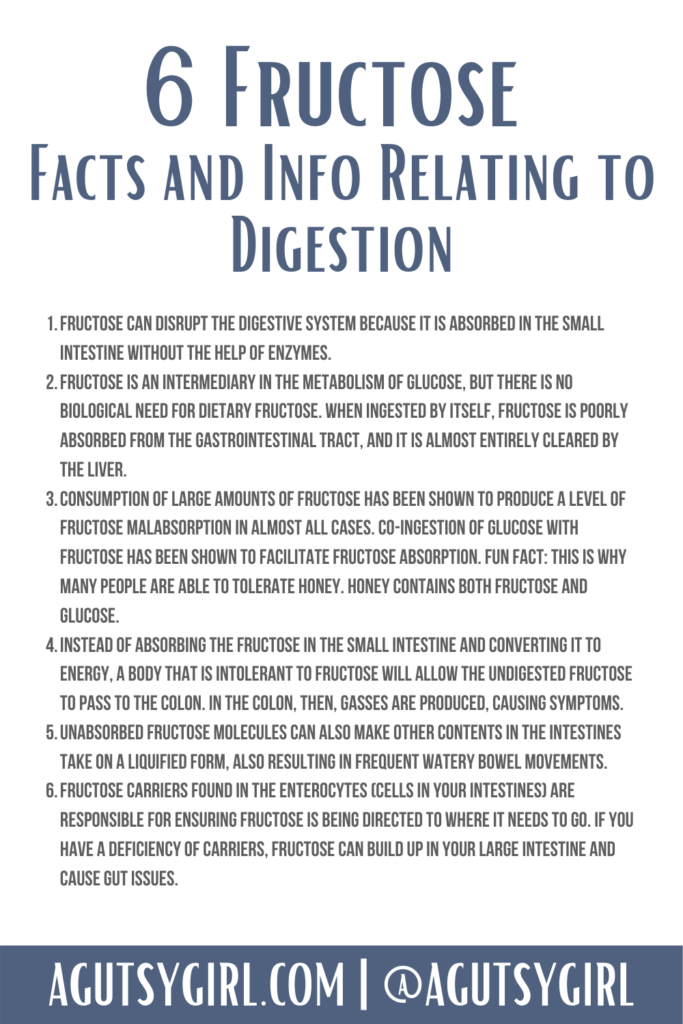
Fructose Intolerance Symptoms
If you suffer from an intolerance to fructose, your body’s digestion of nutrients is significantly impacted.
And if your body is not processing fructose correctly, you likely suffer from fructose malabsorption.
Malabsorption is common in people with IBS and IBD, also very prevalent with SIBO in particular.
Malabsorption presents itself with symptoms like:
- bloating
- diarrhea
- constipation
- bloating, diarrhea, and constipation
- flatulence
- stomach pain
- vomiting and even nausea
- aching eyes
- fuzzy head
- fatigue
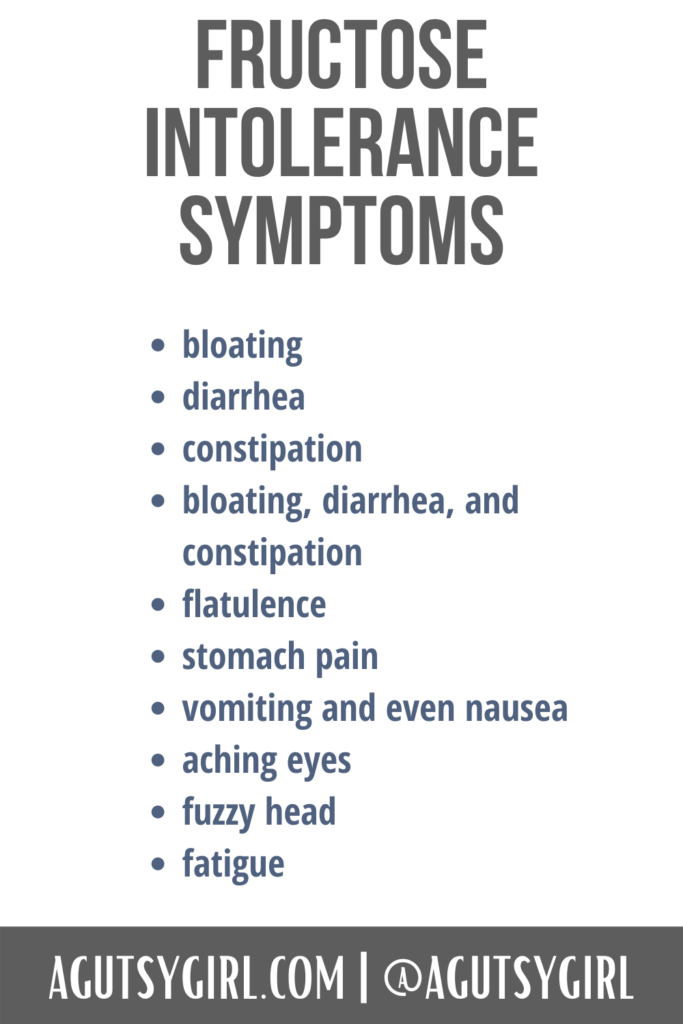
Breath Test
There are a couple ways to know for sure if the above symptoms might be coming from a fructose intolerance.
The first is to take a breath test.
You can work with your doctor to do the full SIBO breath test or you can get the FoodMarble AIRE + FODMAP Program and do a specific fructose challenge.
Learn even more about the FoodMarble Fructose Challenge.
- Purchase the FoodMarble AIRE + FODMAP Program HERE (using code GUTSYG you’ll save 15%)
- Prepare for the challenge:
- No eating for 12 hours prior to starting the challenge. If you already practice sane Intermittent Fasting, this is no different than your normal routine.
- Your last meal prior to testing should be low FODMAP without any alcohol consumed. In case you’re uncertain about this one, here are a couple resources to help:
- Only water during the challenge.
- If you’re currently on antibiotics, wait to do this challenge until at least 2 weeks after.
- Brush your teeth before the challenge and rinse your mouth out with water. Do not exercise or smoke during the challenge or for 1-2 hours beforehand.
Fructose Challenge Information + Quick Tips
- One packet of the FoodMarble Fructose is equal to 2 large apples.
- If you are diabetic, be sure to talk to your doctor or dietician prior to completing this test.
- The process from a testing standpoint is the same as I did for the Lactose challenge HERE. When in doubt, return to that post.
One final reason I’ll give for doing the FoodMarble Fructose challenge is that all too often, we think we must give up all FODMAP foods for any given period of time.
This might be true for you, but it might also not be. And if you are able to take this test and it shows no real reaction, then there is a whole other category of foods (fructose) that you can incorporate into your diet.
Remember, more is better in the long run.
Fructose Elimination Challenge
The slower way to test your fructose (in)tolerance is to do a specific fructose-elimination diet and keep your gut-healing journal near, tight and tidy.
Taking all of the above information into consideration, here is how I might perform this test.
- Have a copy of your 90-day gut healing journal. The journal key that I keep and provide will help immensely with this challenge. And you don’t even have to get the fancy, printed version. You can get the instant PDF journal to download HERE (exact same information, but you just download and print it yourself). If you do want the fancy version, though, grab it at the bottom of this post 🙂
- Cut all fructose-containing foods for 21 days. This is not easy because fructose is everywhere. Make note: if you can work with a health practitioner during these 21 days and on this step in particular, it will greatly help.
- During those 21 days, you’ll need to record what you are eating. You need to ensure you are recording ingredients vs ingredient(s). And you must make sure you’re properly recording symptoms (remember, the journal key via my 90-day gut healing journal will guide you!), bowel movements, etc.
- On day 22, begin your reintroduction. Here are my tips for doing this:
- Read How to Reintroduce Foods After an Elimination Diet.
- The key is “add slow and go.”
- Per the above, there are some low-fructose options you might choose to add first: one of the low-fructose fruits, lentils or green peas. Enjoy a serving, then wait at least 72 hours to see if any symptoms arise. Record them.
- Then, if successful, add in something else with just a hint more fructose in it than the previous option. Alternatively, you could try two servings of the previous option.
- Rinse and repeat to find your perfect amount of fructose that you can personally tolerate.
Could it be? Is it Fructose?
Honestly, I have no idea if fructose is indeed your problem.
If you have a leaky gut or a known digestive disorder, fructose may be contributing to your pain and suffering.
Like everything else I teach and preach, you’ll need to go through the motions (either fast via testing or slower via elimination) in order to understand fructose and your own, unique body.
High-Fructose Corn Syrup (HFCS)
One thing I will say, though, is that the research is very clear: stay away from high-fructose corn syrup (HFCS).
The consumption of HFCS increased > 1000% between 1970 and 1990, far exceeding the changes in intake of any other food or food group.
Healthline breaks down why HFCS is no good.
While whole-food fructose is desirable, high-fructose corn syrup is anything but.
What are your thoughts on fructose? Do you consume a lot? Does it work for you?
If you liked this post on the fructose structure and more, you might also enjoy:
- Hydrogen Breath Test at Home
- FoodMarble Breath Test {with Aonghus Shortt}
- What is the best gut healing diet?
Sources: HERE, HERE, HERE, HERE, and HERE.
Disclosure: I work in partnership with FoodMarble. If you purchase from them, I make a small commission. All opinions started here are 100% my own. I appreciate your support, as this compensation helps with expenses to keep this website up and running, and for me to continue sharing all that I can with you. For my full disclaimer and disclosure click HERE. Thank you for your support!
Xox,
SKH

🤰 bloating be gone! weight loss through optimal gut health for women
💃ʜᴇᴀʟ ʏᴏᴜʀ ɢᴜᴛ. ʜᴇᴀʟ ʏᴏᴜʀ ʟɪfe.
🫶🏻 founder gutbyome.com

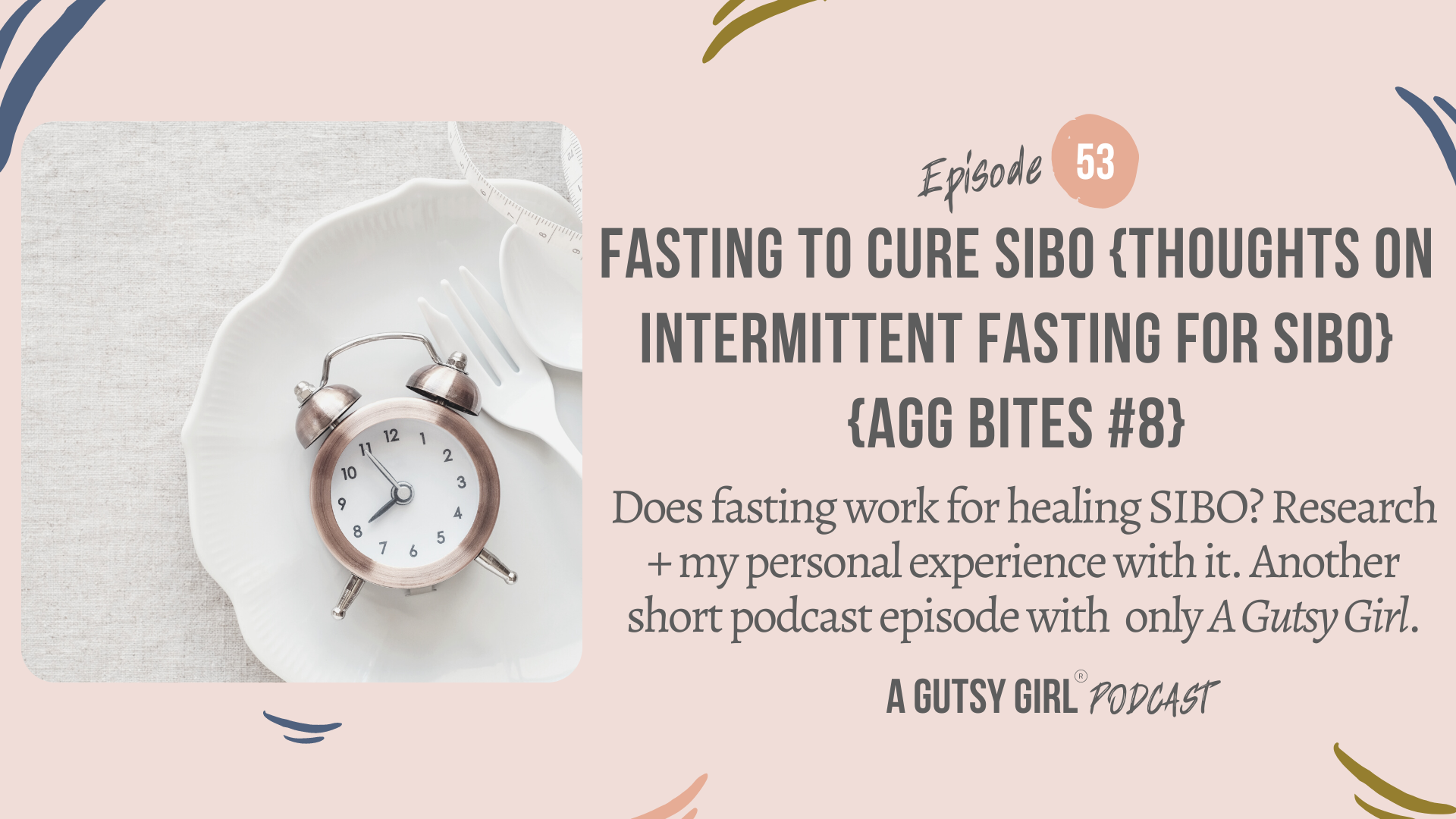
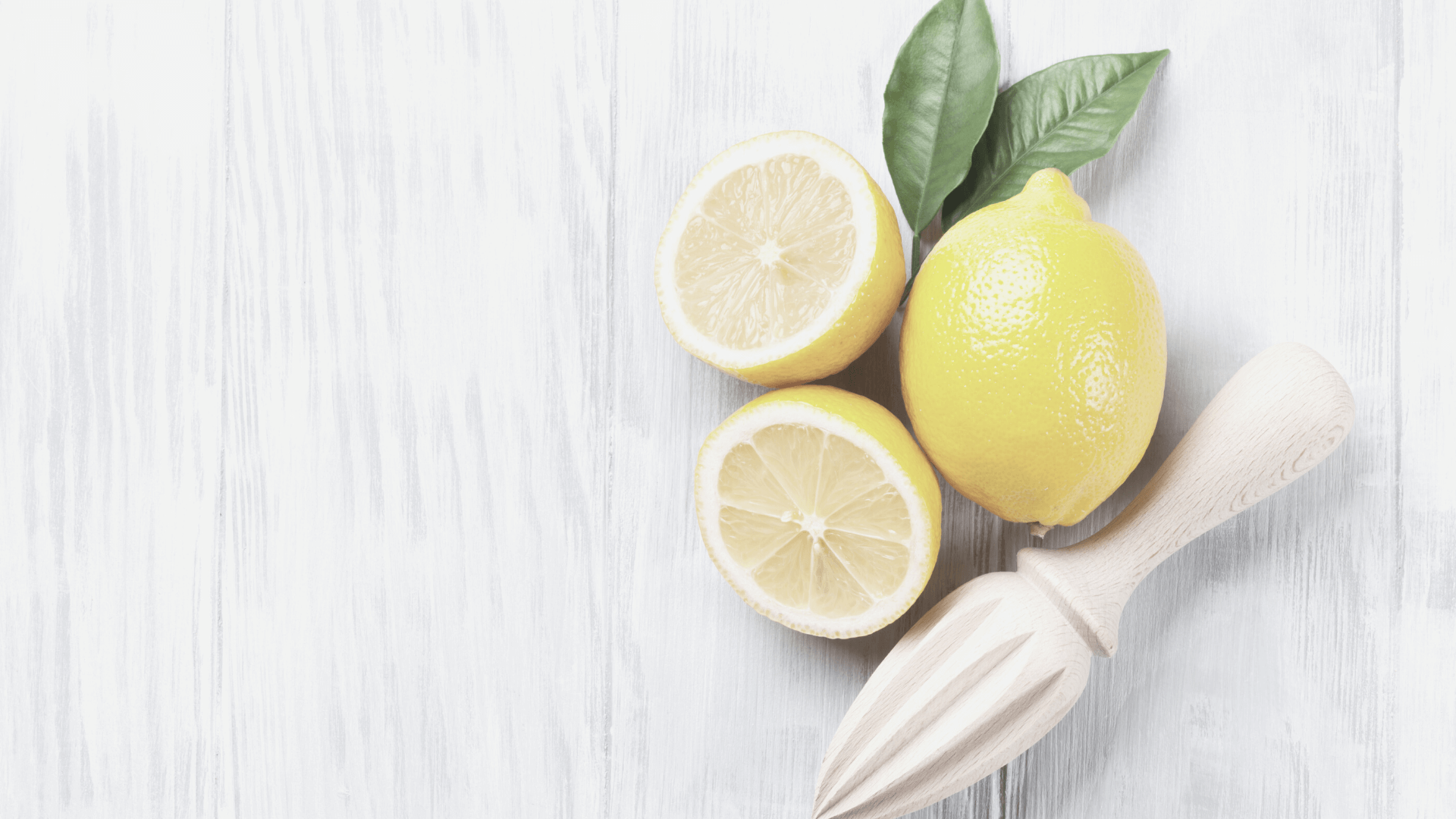


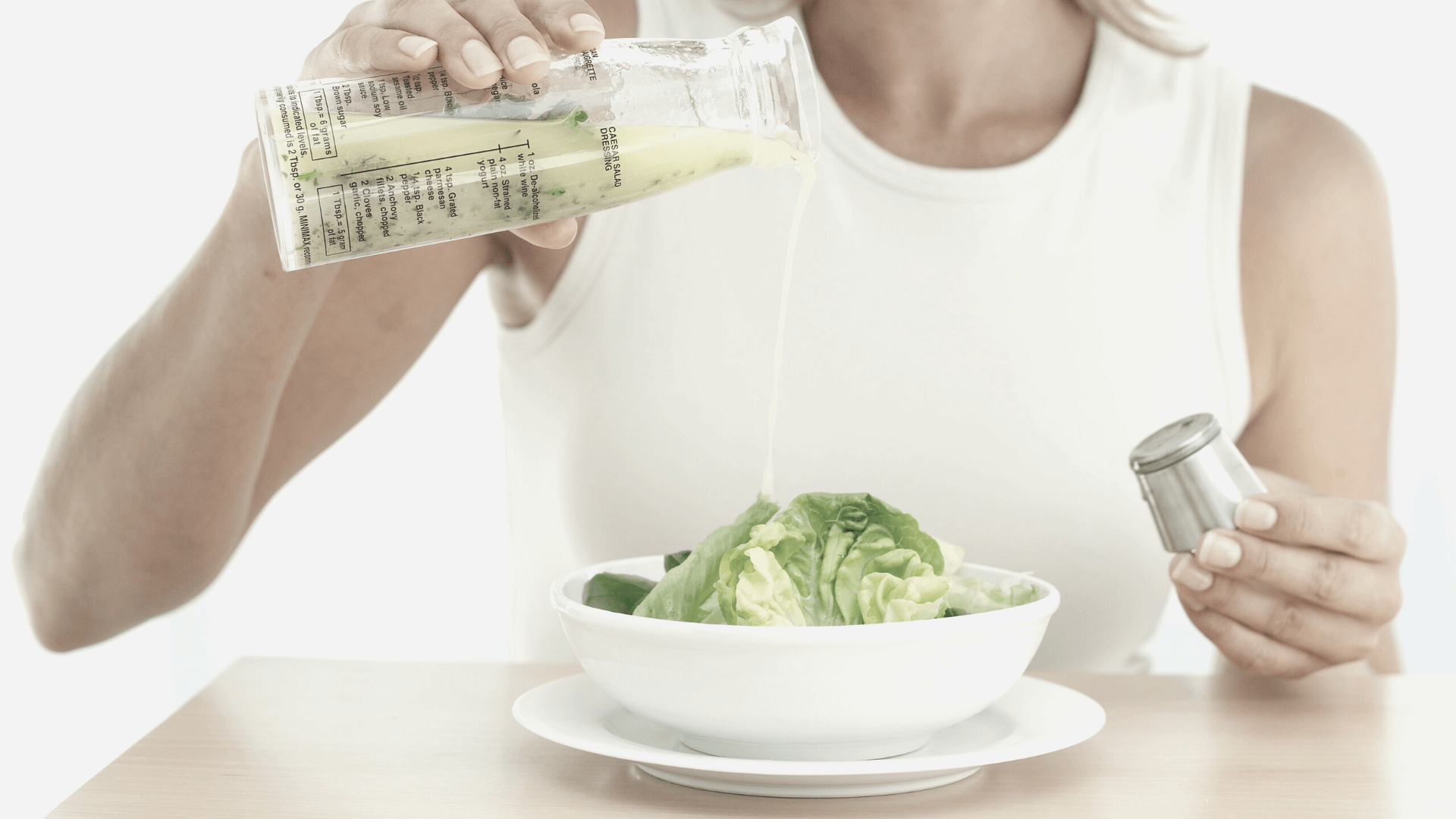
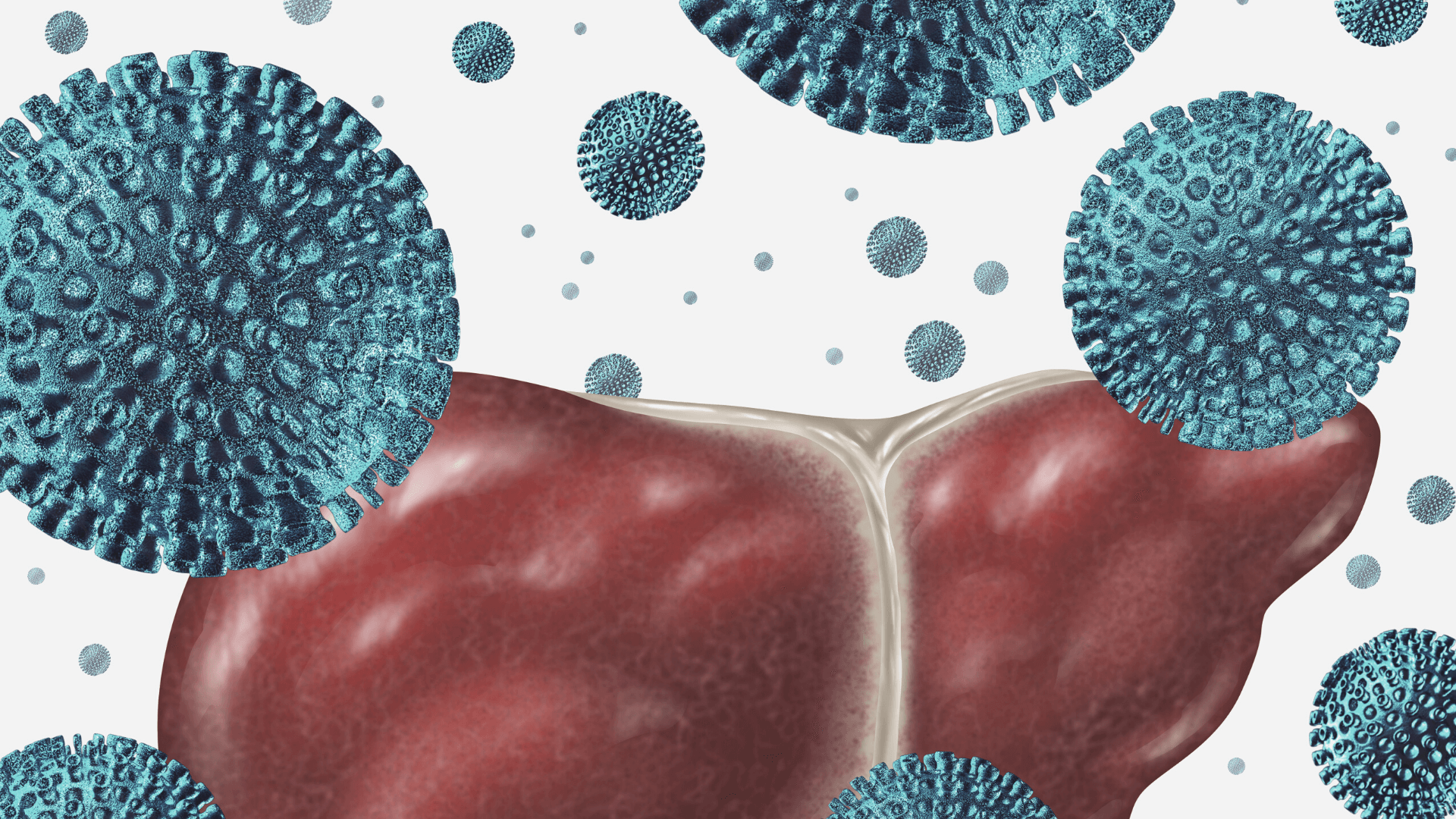
Ahh my life story!! ha ha
Hang in there, Nicole!
i am just not getting over a fructose malabsorption. It was not fun. Apples and pears got the best of me, and stress. I love that you posted this. Great stuff Sarah!
Thanks, Lindsay! I have to continue posting a ton of information like this because I feel like so many times we think that just because something is the typical “healthy” it’s healthy all around. That’s just simply not the case; as hard as that is to face.